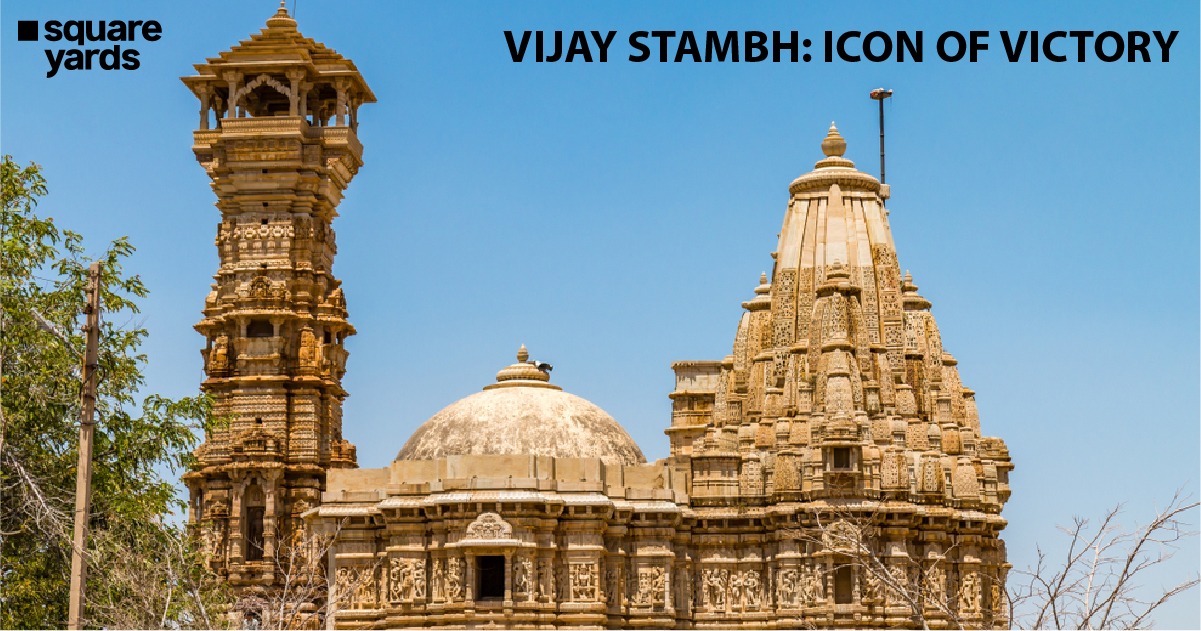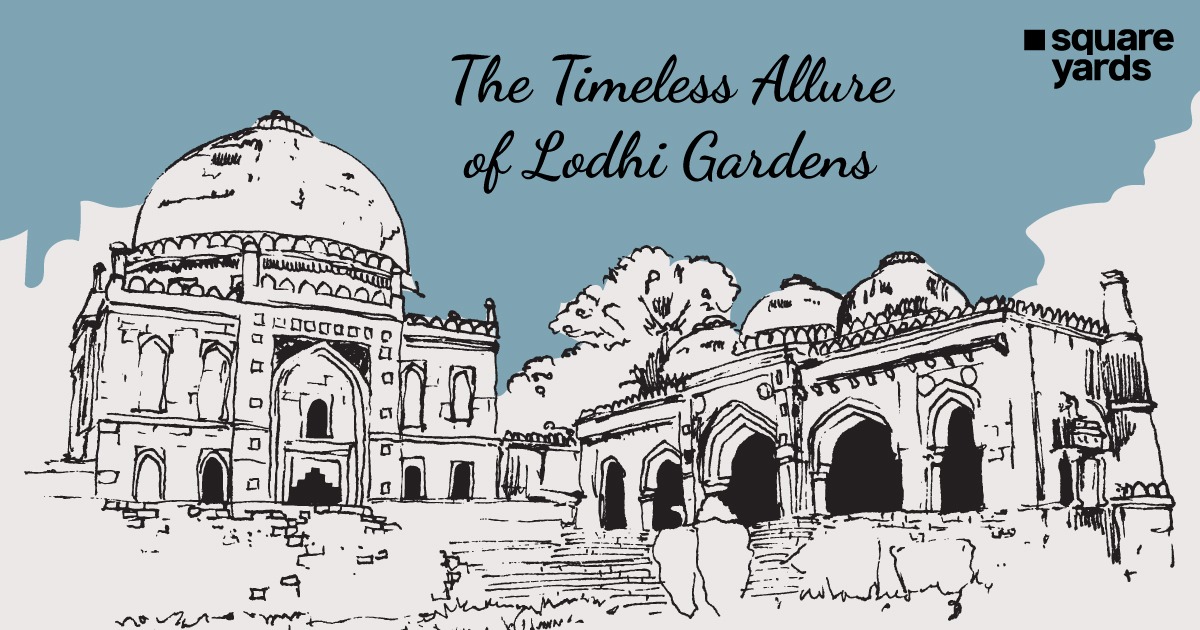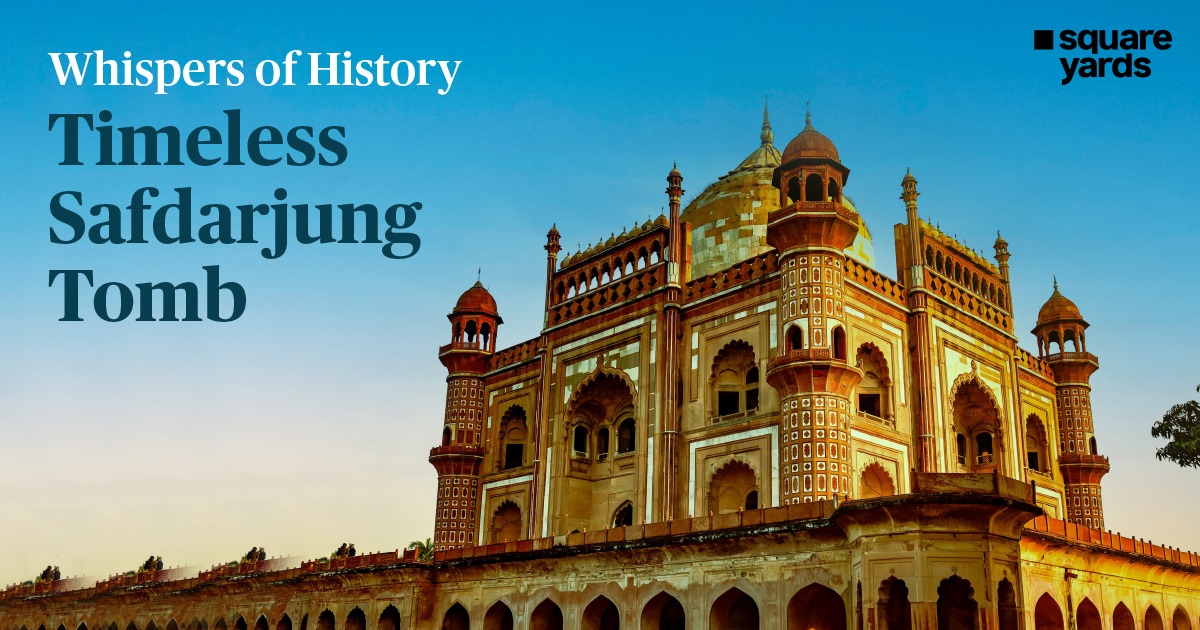The morning of October 30, 2023, marks the last day in the 60-year-long journey of Mumbai’s iconic Premiere Padmini taxis. The Kaali-Peeli, as they’re fondly called, follow suit of the city’s iconic but now retired red-coloured double-decker BEST (Brihanmumbai Electric Supply and Transport) buses. In a bid to modernise Mumbai’s public transportation, the city’s iconic taxis will make way for newer app-based cabs and electric taxis to improve its commute framework.
Table of contents
What’s Behind the Scrapping of The Iconic Taxi
As per the law, the age limit for taxis in Mumbai is set to 20 years. The last Premiere Padmini was registered as a black and yellow taxi at the Tardeo RTO on October 29, 2003, reported PTI. The completion of its authorised tenure marks the farewell of Mumbai’s beloved cab from its roads. Initially, a 25-year lifetime cap was imposed in 2008 on using a registered taxi in Mumbai. This limit was later revised to 20 years in 2013.

Source@ Yandex
From a Taxi to a Cultural Symbol
“Yeh Mumbai ki shaan hai aur hamari jaan hai”, says Abdul Kareem Karsekar, the owner of Mumbai’s last Premiere Padmini.
A powerful 1200-cc car, introduced in 1964, called the ‘Fiat 1100 Delight’, traversed the lanes and streets of the island city as a public transport. The model was later renamed to “Premiere President” in the 1970s and finally to ‘Premiere Padmini’, in honour of the legendary queen Rani Padmini.
The cities of Mumbai and Kolkata received monthly-set units of Ambassadors and Fiat 1100-Ds as taxis from the government. Over time, the people of Kolkata expressed their allegiances to Ambassador cabs, while Mumbaikars sided with the Fiat 1100-D. Premier Automobiles Limited (PAL), the manufacturer of Padmini cabs, finally stopped its production in 2001, and the last registered taxi is now set to tip its hats off!
Speaking to PTI, AL Quadros, Mumbai Taximens Union’s general secretary, remarked, “Premier Padminis were popular among cabbies due to their smaller size, reliable engines, easy maintenance, and comfortable interiors, but after their production stopped, unavailability of spare parts became the main problem.”
Over the years, the taxi became a classic pop-culture symbol. A single introductory wide shot of a black and yellow Padmini would transport the Indian film audiences to the lanes of Mumbai, without saying a word. With films like Taxi No. 9211, Khaali Peeli and Aa Ab Laut Chalein, these characteristic taxis became a celebrated figure of the Indian Cinema.
The Yellow and Black Hues
Kali Peeli’s yellow and black colour scheme has today become a universal visual symbol for taxis. It was Vithal Balakrishna Gandhi, an Indian freedom fighter turned politician, who recommended the colour scheme to the then Prime Minister Jawahar Lal Nehru. He emphasised that the bright yellow top would help recognise the taxi from a distance while the black bottom would masterfully hide the taints and scratches.
As these daily drivers now fade away from the roads, one is reminded of the Mumbai Taximen’s Union’s bygone appeals for the preservation of at least one Kaali Peeli as a remembrance of the legendary car.
A Collective Nostalgia
The ongoing transition in Mumbai’s public transport scene is an emotional affair for Mumbaikars. As these vehicles ran on the road, they imbued the hues of yellow and black in the city’s air and etched irreplaceable memories in the minds of its residents. Social media is afloat with nostalgic edits of the signature vehicle and mini-tributed to its glory. While smarter travel systems will come in place, without its trademark taxis, Mumbai will never be the same!





















